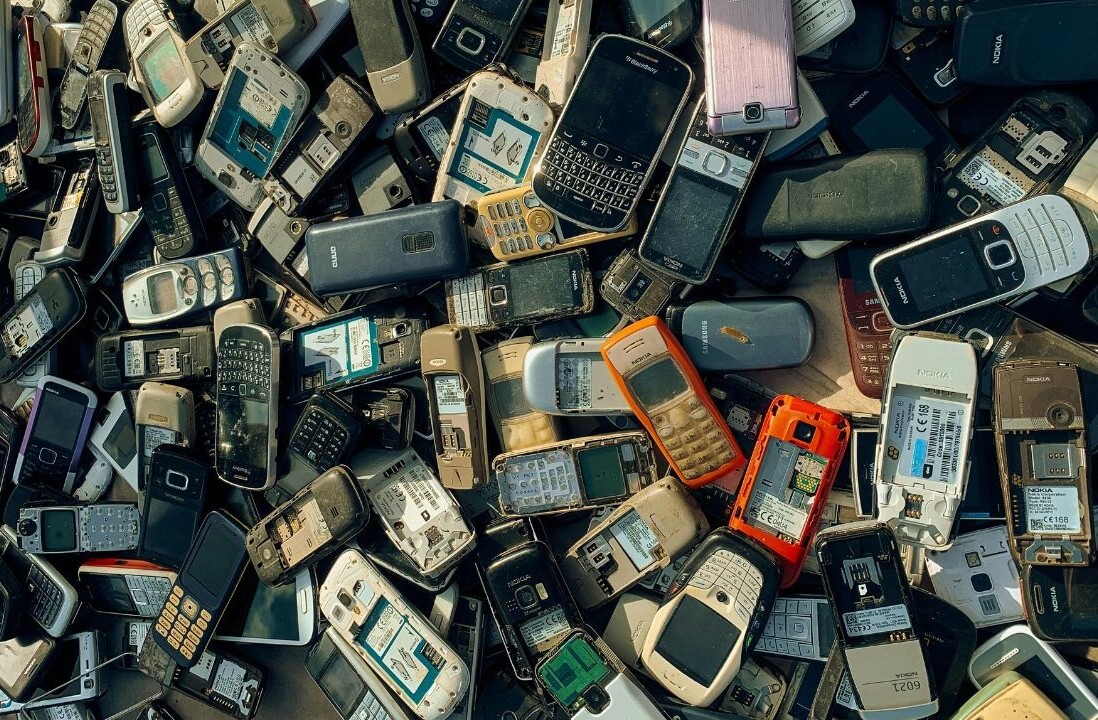
This year’s smartphone launches were notable, because they suddenly seemed kind of… dull.
The wars for the thinnest phone with the highest megapixel count waged on for years, since the introduction of the iPhone. But now, in 2015, we’ve reached a point where it’s hard to differentiate on hardware alone.
All phones look more or less the same and offer similar hardware features. Indeed, smartphones are now nothing more than slabs — and that’s great.
The same thing happened to the PC market over the last decade.
In the early 2000’s, introducing a new laptop or desktop computer was something vendors could hold an event for, loudly proclaiming their latest breakthrough in size, weight or features.
Now, you probably don’t bat an eyelid when Toshiba or Dell release something new.
As phone makers like Samsung and Xiaomi have competed with Apple by producing similar-but-slightly-different devices every year, we’ve reached a point where all those crazy choices and designs converged into one design, produced by many.
Phone makers have struggled in recent times to differentiate and stay alive as this process has happened. In just the last two years, HTC has bottomed out and the once-great Nokia has essentially evaporated.
Sure, Samsung still sells a load of phones, but it moved from trying to ‘add value’ by bundling a ton of apps with your device to trying to spin its latest phones as the ‘high end’ alternative to the iPhone by throwing out larger numbers on specification charts (as well as bundling value-add apps).
In reality, the flagship phones from most manufacturers are closer than ever in terms of performance. It’s basically unnecessary to compare the 1.8GHz Qualcomm Snapdragon 810 processor in the OnePlus Two with the Quad-core 1.5 GHz Cortex-A53 in the Samsung Galaxy S6 because they’re both fast and do everyday tasks at a pace you’d expect.
Smartphone camera quality — which often used as the measure of a good phone — is getting so close to identical across manufacturers that it’s becoming difficult to tell which is better.
The Verge compared the iPhone 6s and Galaxy S6 cameras and found “no clear winner.” Android Central compared the LG G4, Samsung Galaxy S6 and iPhone 6 with the conclusion that “it’s a very close race between all three phones.”
Apple continues to thrive because it continues to marry hardware features with the software. 3D Touch, which is part of the iPhone 6s, isn’t exactly revolutionary but is executed in a way that makes people think they’re seeing it for the first time.
These small innovations, paired with the software ecosystem, are the way forward for phone makers.
Once you’re locked in, there’s little reason than ever to switch unless you care about the competition’s software features, like Google Now or iCloud integration, and those offerings will be one of the biggest (and perhaps only) ways to lure customers in the future.
As phones continue to converge and it becomes harder to differentiate between devices yearly, you won’t need to replace your phone as frequently. One to two year replacement cycles will stretch to three years and beyond, just like computers.
Launch events will lose their appeal and eventually, we’ll just replace our slabs with the latest when we need to. Perhaps that’s every year — like Apple’s new upgrade program — so you get a slightly different, faster slab, but in reality it’s mostly the same.
We’ll certainly see hardware bumps along the way that boost sales for a time. 3D Touch, for example, is likely the first of these hardware bumps to help sell new devices. In the future, Apple might remove the home button to the same effect or Samsung might release a fully curved phone.
Software, however, will be the key differentiator and what keeps you locked in. Google Now on Tap, which contextually knows what you want to do based on the active task, for example is one of the huge selling points of future Android handsets. Apple’s focus on privacy and security while delivering smarts is its leverage.
Along the way expect many more phone manufacturers to bottom out and even disappear entirely, as they struggle to figure out why their slab isn’t selling as well as the others. It’s already happening, if you look at the numbers.
At the end of the day, that phone in your hand is becoming just another slab that gets you online to do everything you want to do. Soon, the annual launch event hoopla and refresh cycle might die entirely. Perhaps all future iPhones will just be called ‘iPhone’ and you’ll buy whenever the need arises.
Eventually, just like PCs, we’ll become ambivalent to what’s inside — as long as it works.
Get the TNW newsletter
Get the most important tech news in your inbox each week.





